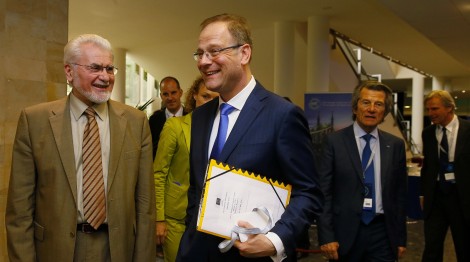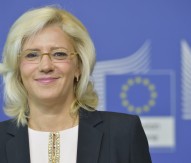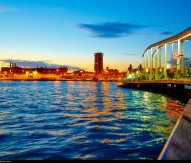
Here to innovate
IN DEPTH: Tibor Navracsics, European Commissioner for Education, Culture, Youth and Sport, opens the seventh edition of Portal.
This issue of Portal looks at the work of the European Institute of Innovation and Technology (EIT) and its Knowledge and Innovation Communities (KIC). There is a special feature on INNOVEIT, a major event held in Budapest in May which brought together key European players from business, research and education. INNOVEIT was a landmark event, showing that the EIT and its KICs are now in a position to start reaching out beyond their partnerships, making a real impact on innovation in education, in research and in new products. I congratulate the EIT and the KICs on this successful event.
The EIT is at an exciting stage. The second wave of its KICs, dealing with health and raw materials, has started work. The results of the first wave of KICs – Climate-KIC, KIC InnoEnergy and EIT Digital – already show the key role of the EIT in advancing innovation in Europe.
The KICs have so far brought together more than 800 partners in 35 countries. They have encouraged more than 24,000 students to join education programmes, fostered more than 450 business ideas, and launched a wide range of new products and services. Among them are this year’s EIT Award winners: the LEDsafari €4 solar lamp that can be assembled using locally available material without prior technical knowledge, the EOLOS Floating Lidar System, which significantly reduces the cost of developing offshore wind projects, and the Nordic Power Converter, which will increase the efficiency of billions of daily use products using power converters.
Many other innovative ideas from Europe’s brightest and best are in the pipeline. The call for new KICs in 2016 on ‘Added-value Manufacturing’ and ‘Food4Future’, as well as the 2018 call for a KIC on ‘Urban mobility’, will provide new, exciting opportunities for this. The 2016 call will build upon the experience of the existing KICs and is designed to support
well-integrated and competitive partnerships. The competition is fierce, with interest from leading industry, research and higher education institutes all over Europe.
Over the next few years, the KICs will work within the context of the European Fund for Strategic Investments. The EFSI aims to unlock more than €315bn of public and private investment in the real economy, providing a huge opportunity to invest in growth across Europe.
There are concerns about the cuts imposed on the budget of Horizon 2020, and of the EIT in particular, to provide part of the seed capital for the EFSI. However, the KICs’ unique public private partnerships between research institutions, businesses, education institutions and other local or regional stakeholders, as well as their achievements at the pinnacle of European innovation, clearly fit with the objectives of the EFSI.
This places the KICs in an exceptional situation to benefit from the EFSI, while the EIT remains a vital part of Horizon 2020 with 3.5% of total funding. The KICs and the EIT should now tap into the EFSI to the greatest possible extent, and they have my full support in this effort.
In this issue of Portal, you will read about the people behind the EIT and the achievements of its KICs, as well as about the winning innovations of the 2015 EIT Awards. I hope this will give you a taste of the inspiring atmosphere of this milestone conference.
This article is also published in the seventh edition of Portal, which is now available to read online.




